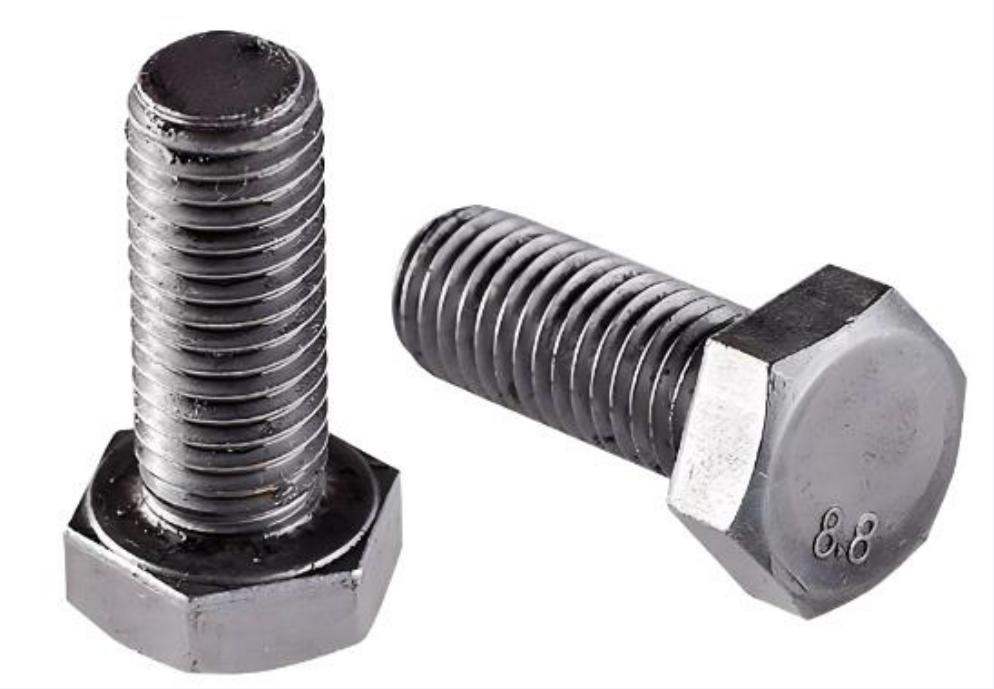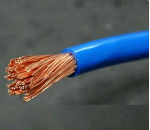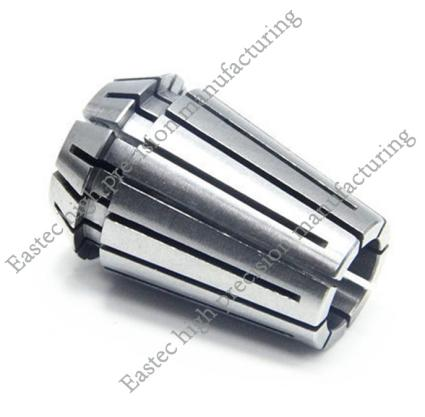
In the specialized field of fasteners, the distinction between screws and bolts often appears blurred, and the two can be used interchangeably in many cases, with no strict demarcation. However, in order to facilitate production and application, the industry has gradually developed two mainstream methods to differentiate between screws and bolts. Although these methods are not absolute, they greatly help us understand the differences between the two.
Firstly, the first method of distinction is based on the wrenching structure. This somewhat technical term actually refers to the part on the screw or bolt where the wrench is placed—a very straightforward explanation. In this classification method, we collectively refer to externally threaded rod-shaped parts with an external wrenching structure as bolts. The characteristic of this structure is that the wrench can directly act on the head of the bolt, such as the common hex head bolt, which is widely used in various machinery and equipment. In contrast, an internal wrenching structure refers to the wrench acting on the internal thread part of the bolt, such as the hex socket head screw, which is typically more compact and suitable for situations where space is limited. A notable example is the fasteners in Chinese national standards, such as GB5782 and GB5783, which represent hex head bolts with partial and full threads, respectively. Since they both adopt an external hex structure, they are uniformly referred to as bolts in the standard nomenclature.
Secondly, the second method of distinction is based on whether the product has a non-threaded shaft feature. This classification method is widely adopted in the industry and is the common way we distinguish between bolts and screws in daily life. Specifically, if a fastener's shaft, excluding the head, is entirely threaded, we refer to this type of part as a screw. The characteristic of a screw is that the threads run the entire length of the shaft, making it suitable for applications that require tight fixation. Conversely, if a fastener, in addition to the threaded part, also has non-threaded shaft features such as a smooth shaft, it is referred to as a bolt. The smooth shaft of a bolt can provide better support and fixation, making it suitable for connections that need to withstand greater tensile forces.
Although these two methods have gained widespread recognition in the fastener industry, there is still a certain degree of flexibility in the naming of screws and bolts in practical applications. Different regions, companies, and industry standards may have different naming conventions. Therefore, understanding the essential differences between screws and bolts, as well as their respective application scenarios, is crucial for professionals working in fields related to fasteners. Through these classification methods, we can more accurately select and use fasteners, ensuring the stability and safety of machinery and equipment.





 Customer service 1
Customer service 1  Customer service 2
Customer service 2